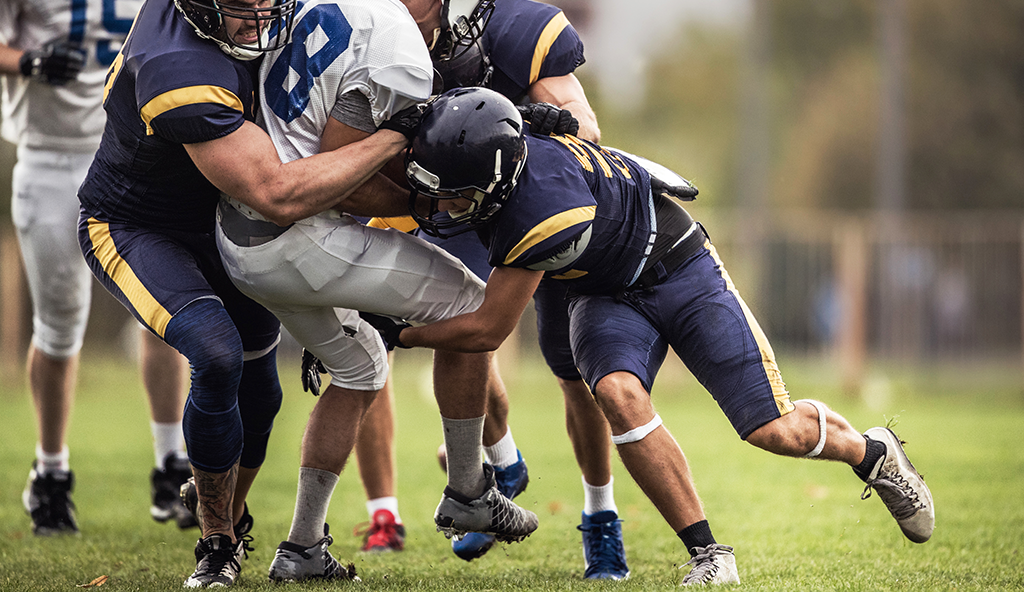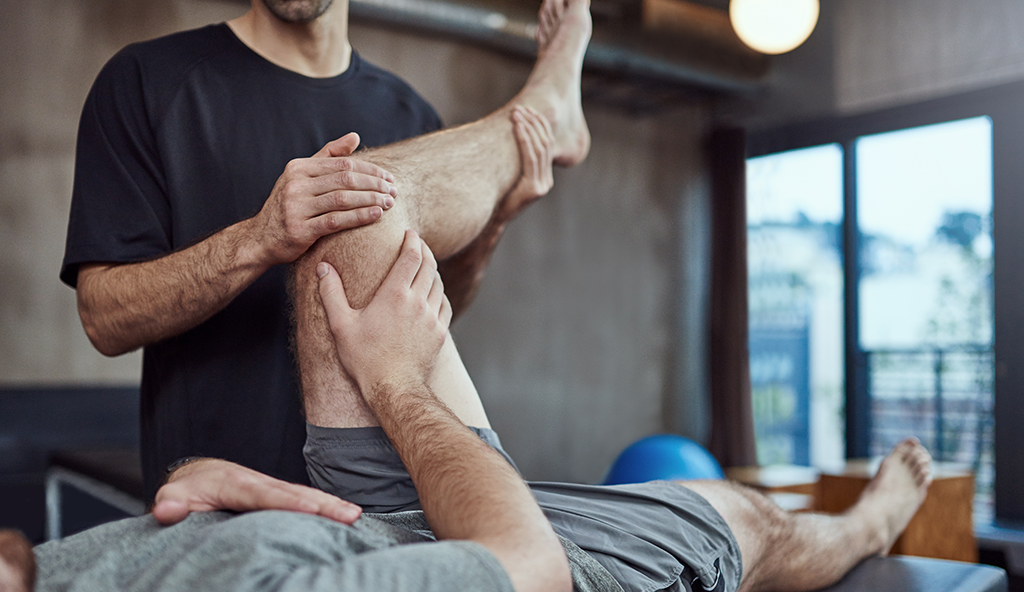Injury Overview
Femeroacetabular Impingment, often referred to as FAI for short, refers to a condition where there is a abnormality of the shape of the bones of the hip joint. FAI can include an abnormality of the femur, bone in the thigh, where it is shaped like a ball (Femoral Head), or FAI can include an abnormality of the pelvic bone where it is shaped like a socket (Acetabulum). A Cam lesion is an abnormality in the shape of the femur where it changes in shape from a tubular structure to a ball. The transition section of the femur is known as the femoral neck. A Cam lesion is a bump at the junction of the femoral neck and femoral head. With certain hip motions, impingement can occur due to Cam lesions. Over time, this abnormal fit/interaction may result in injury to the acetabular labrum and articular cartilage within the hip joint. Cam impingment can occur in athletes whose sport involves significant rotational motion of the hip, including cyclists, golfers, ballet dancers, and football players. Surgical reshaping the femoral head and neck junction is known as femeroplasty and often involves an arthroscopic burr.
Initial treatment measures for Cam impingement are non-operative and will include rest, activity modification, and physical therapy to strengthen the core musculature area, as well as the muscles around the hip. If a patient continues to have ongoing hip pain, then surgery is usually recommended to correct the bony conflict and address any labral or cartilage problems.
Dr. Anz will use an arthroscopic surgical approach that will consist of keyhole incisions that are made in the skin, which allow a small camera and surgical tools access to the joint. During arthroscopic femoroplasty surgery for the treatment of Cam impingement, the Cam lesion (the bony abnormality) will be removed using an arthroscopic burr. The section of the femur at the head and neck junction is reshaped, creating a smooth transition which eliminates impingment. During this same procedure, Dr Anz will address the labrum and articular cartilage if it is found that damage has occurred to these structures.
Following surgery, physical therapy is very important. A therapy regimen will be prescribed which will work on regaining motion of the hip while protecting repairs. Patients will be required to use crutches for typically 4 weeks and a brace to protect the hip during healing. Physical therapy will be a progressive process incorporating range of motion movements and strengthening exercises.
—
For more information on FAI impingement of the hip, Cam impingement, or for additional resources on hip impingement treatments including arthroscopic femoroplasty, please contact the Gulf Breeze, Florida orthopedic surgeon, Dr. Adam Anz located at the Andrews Institute.




